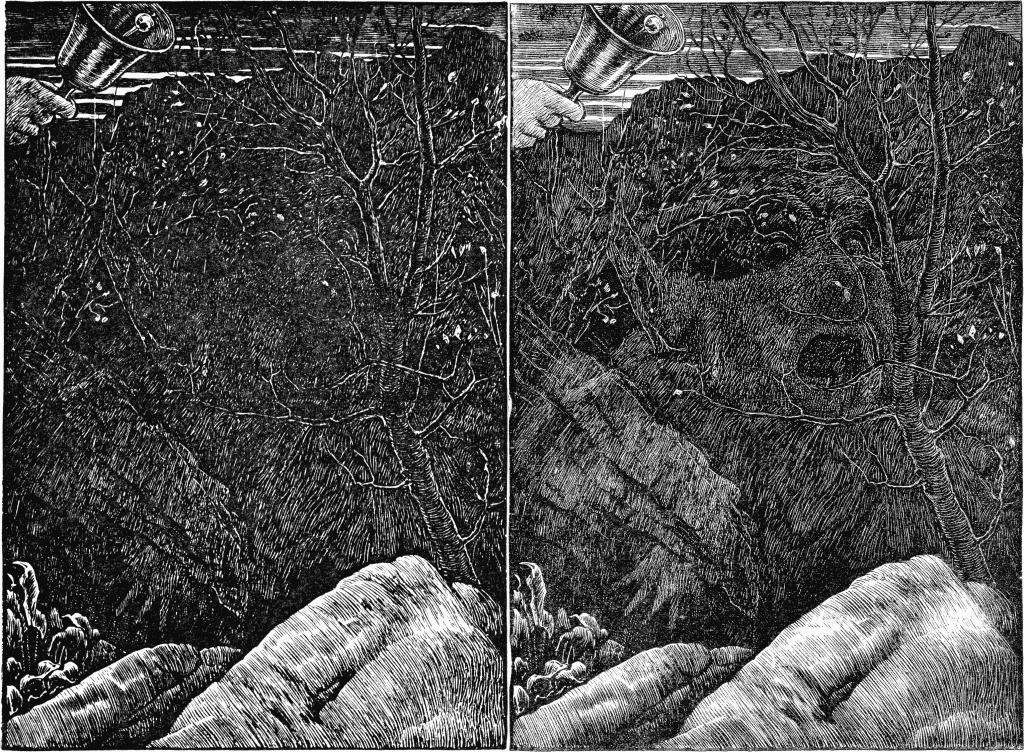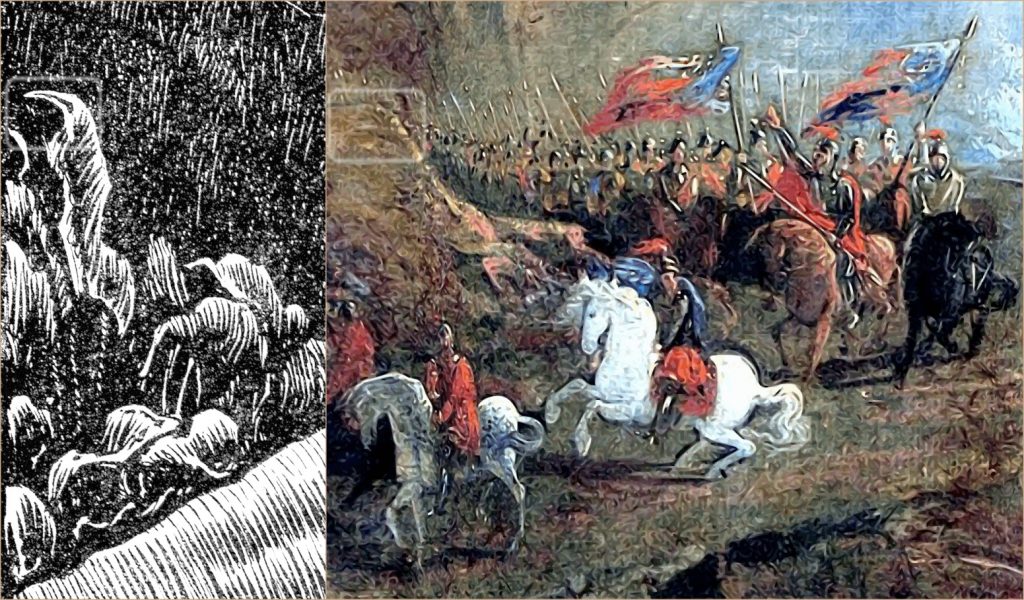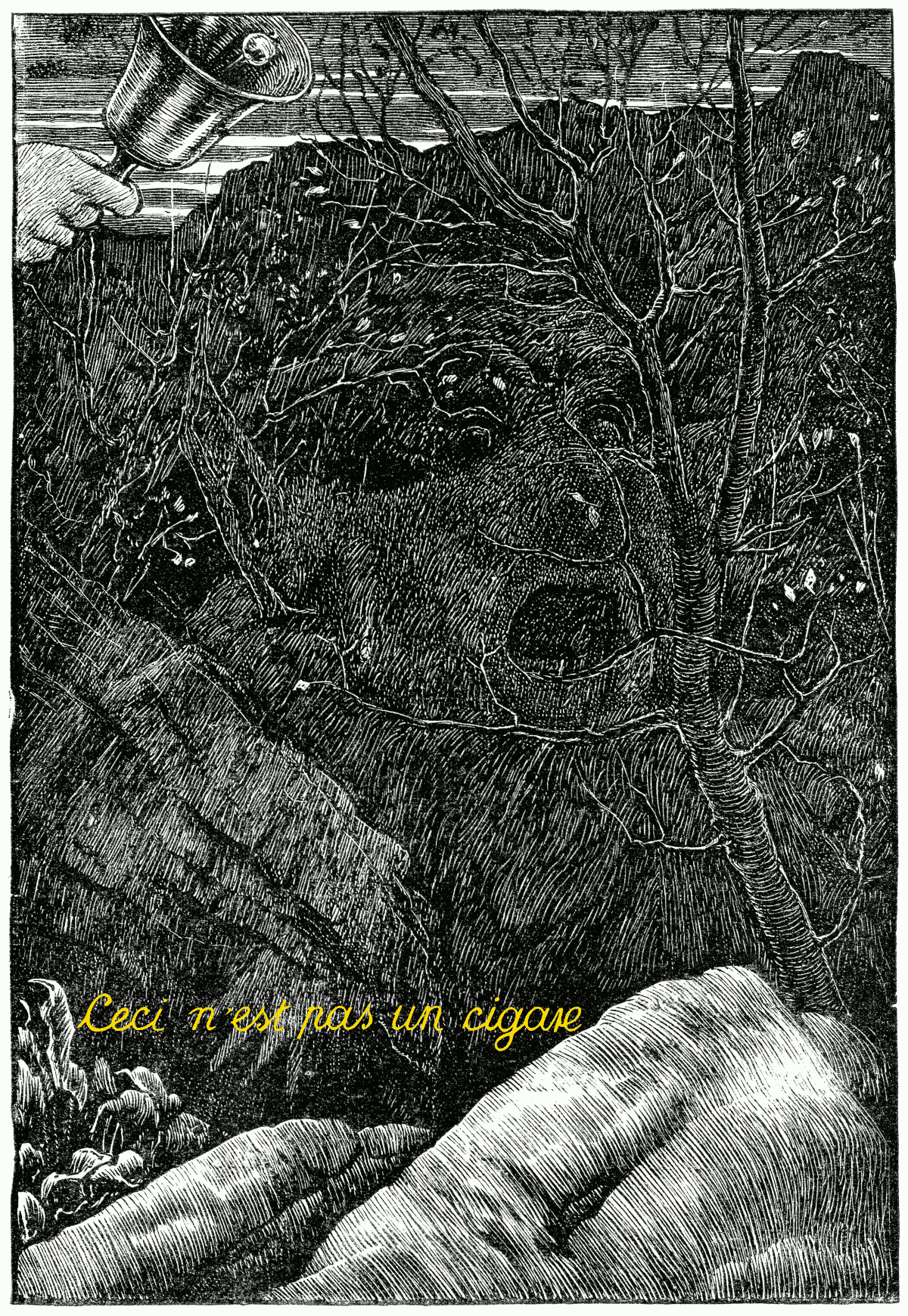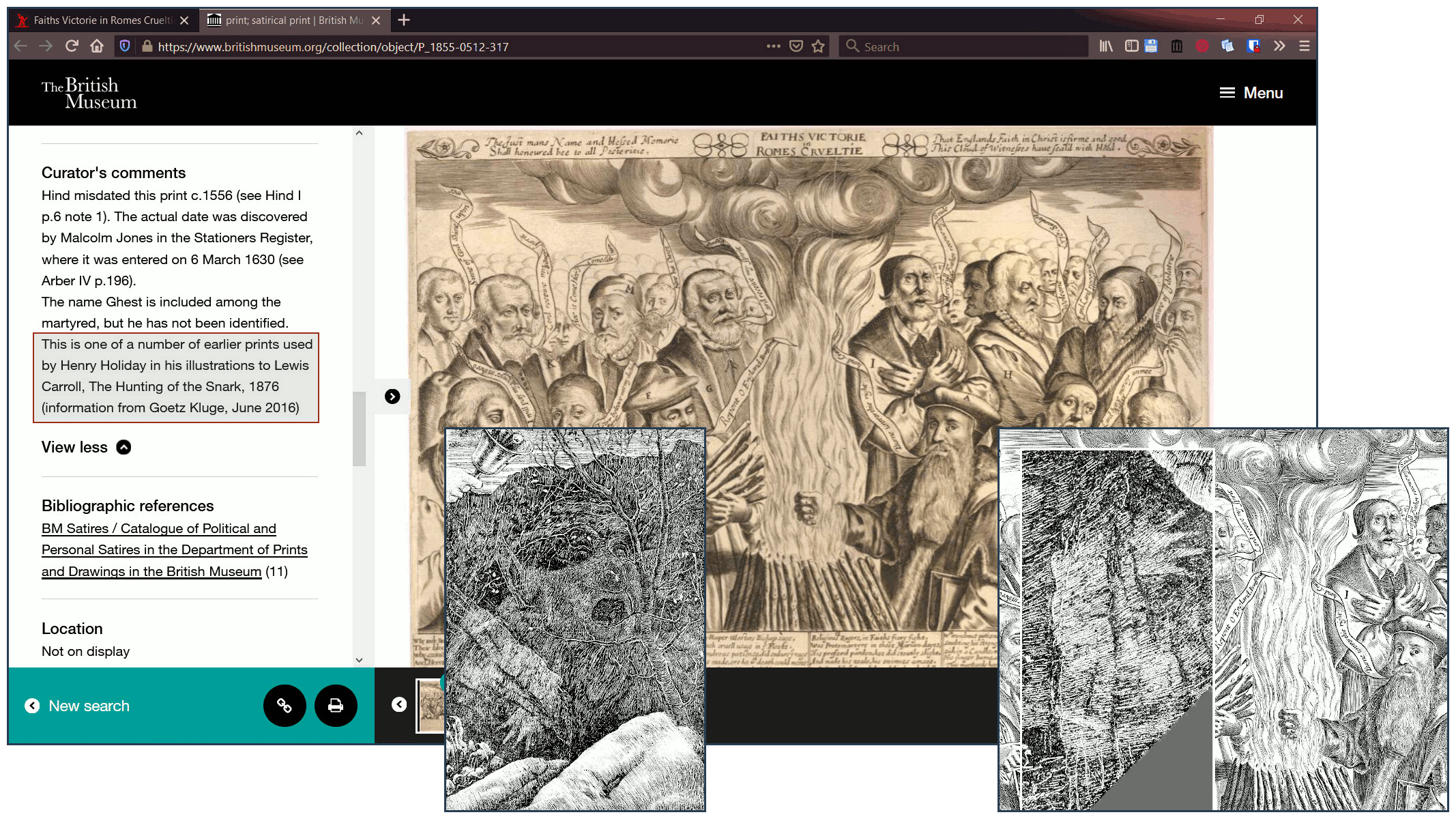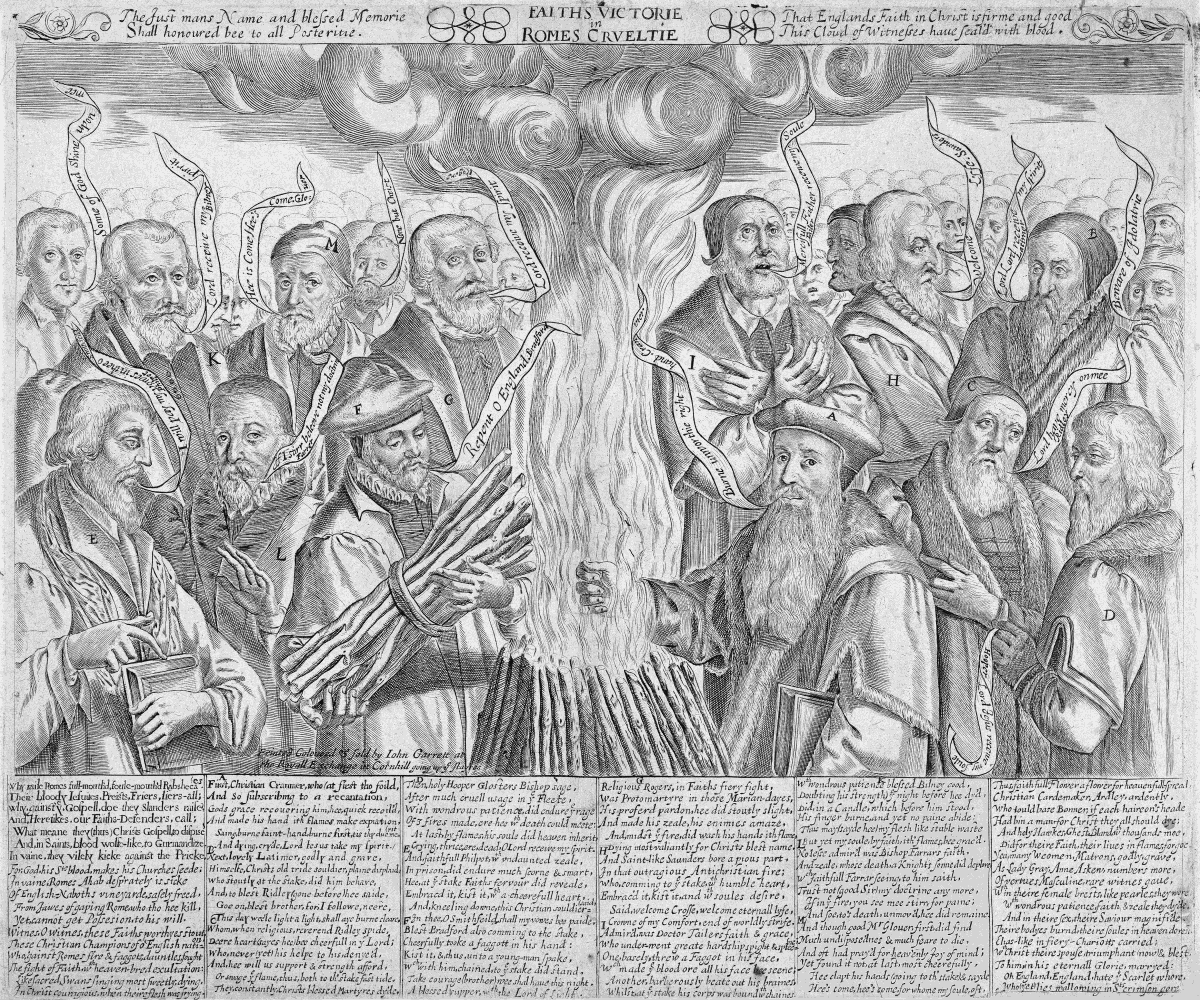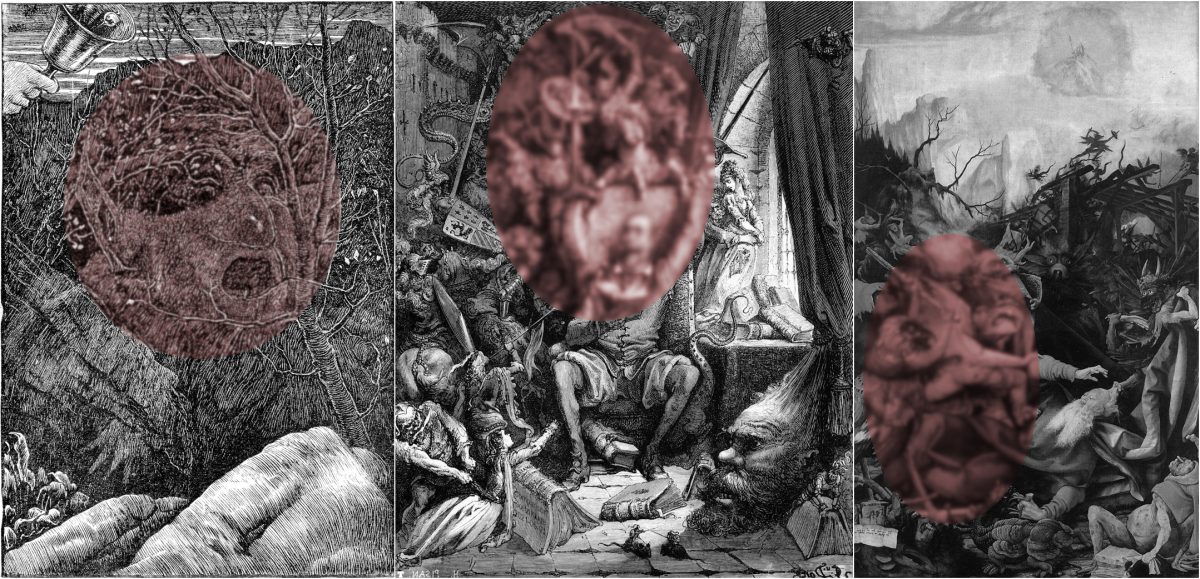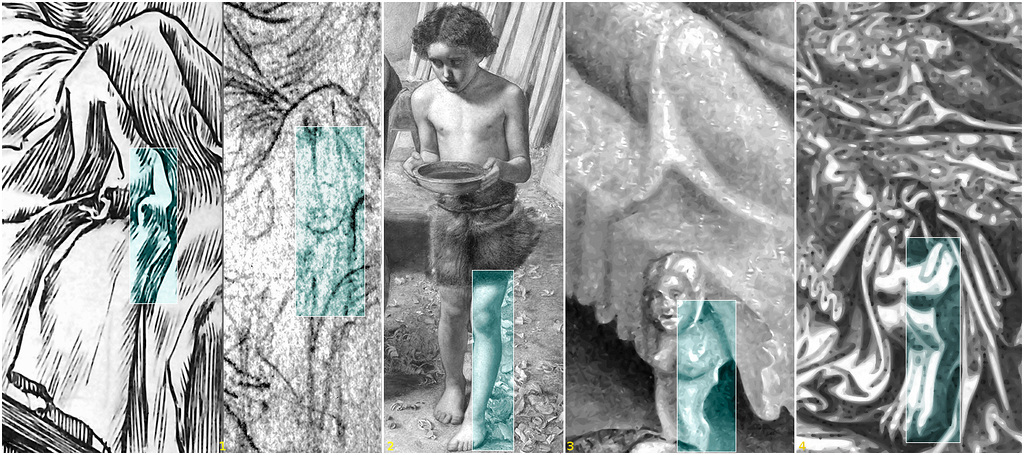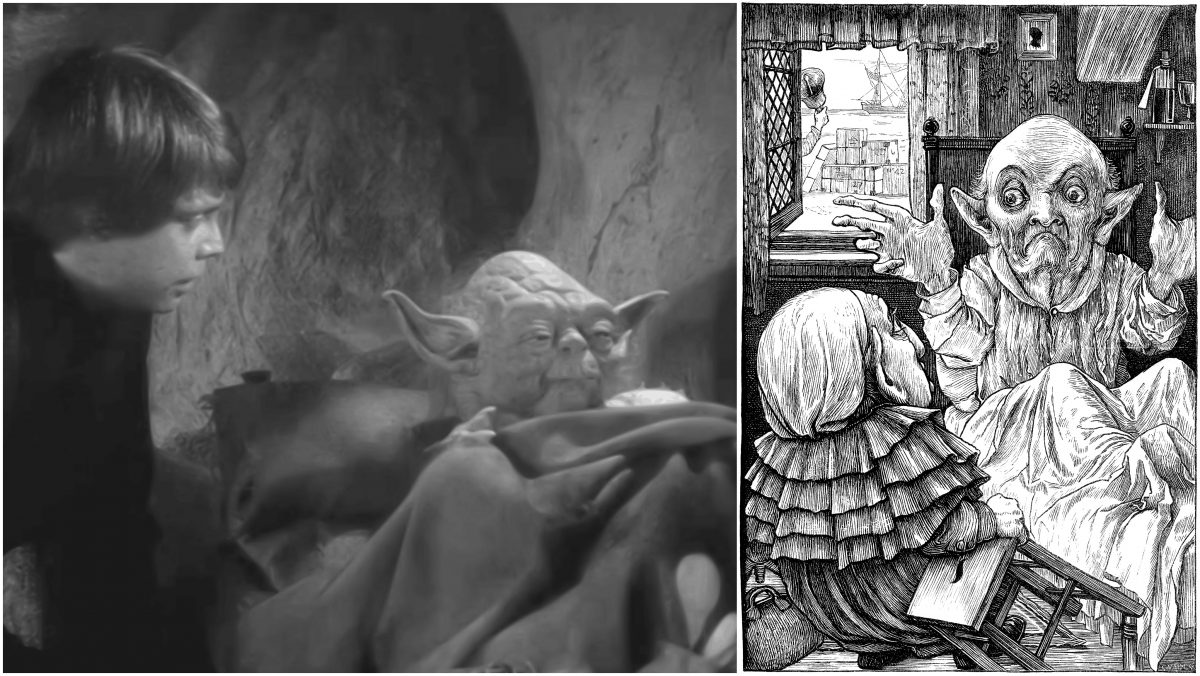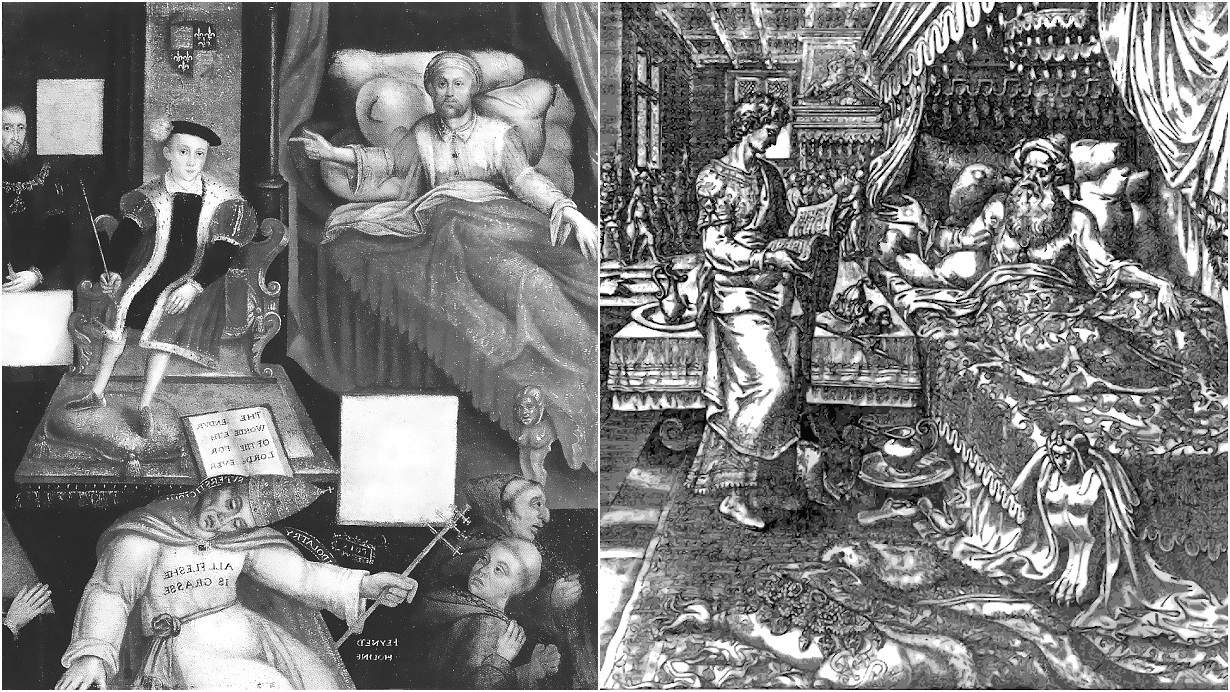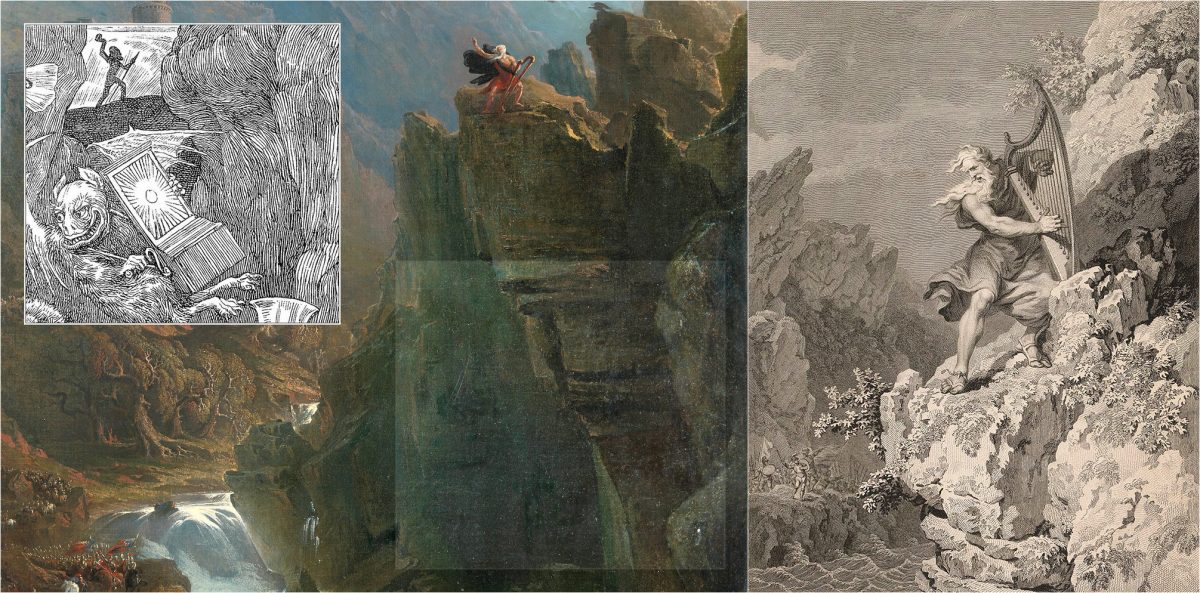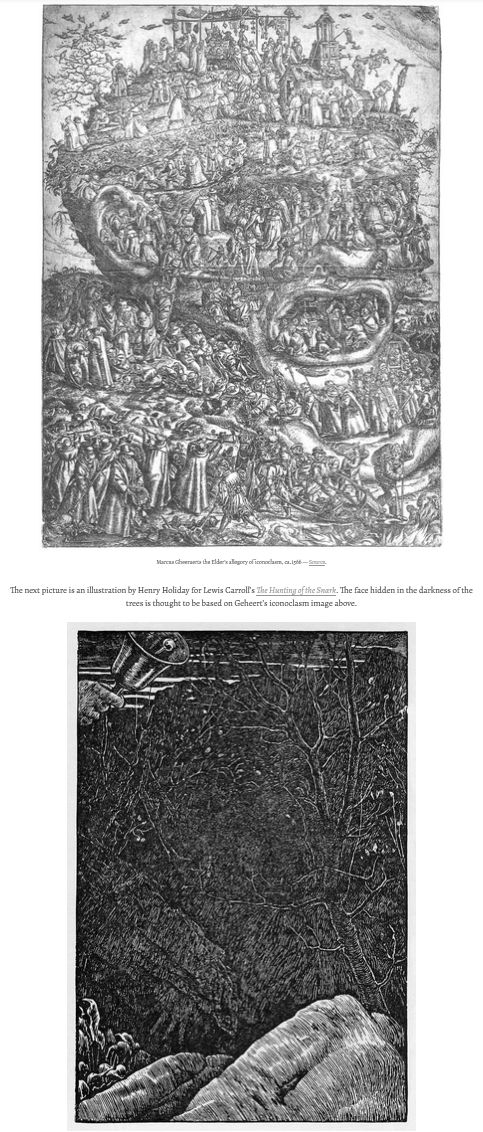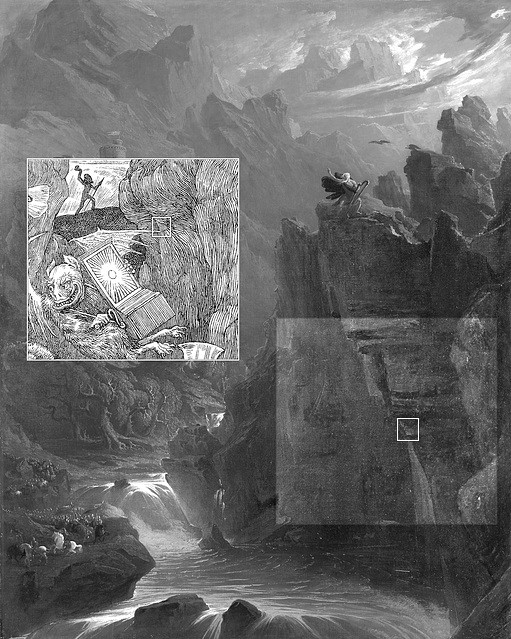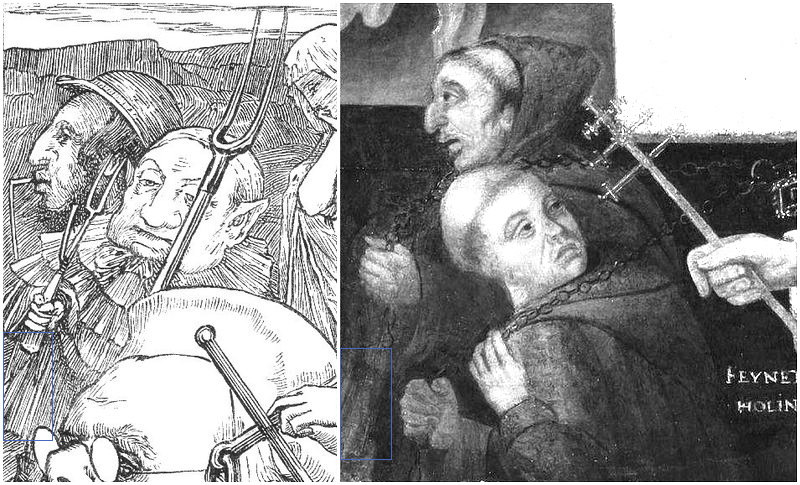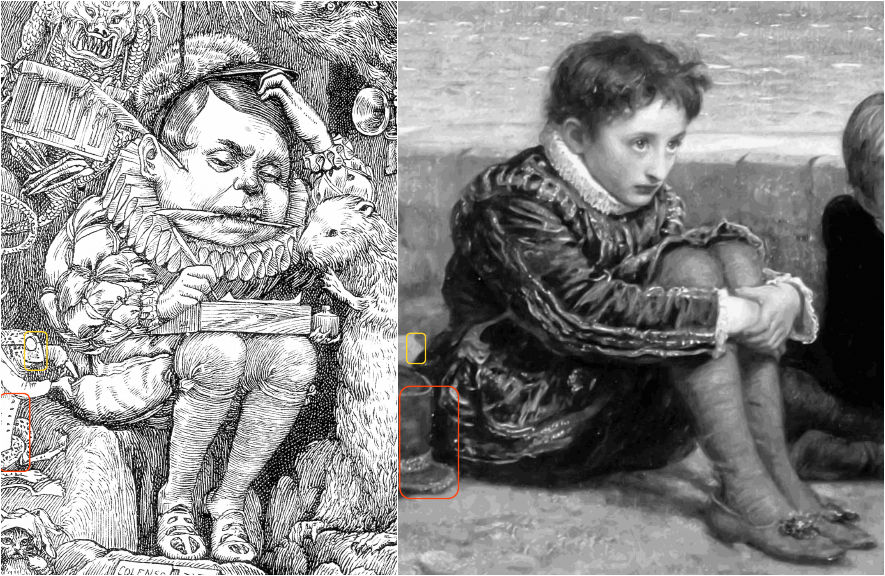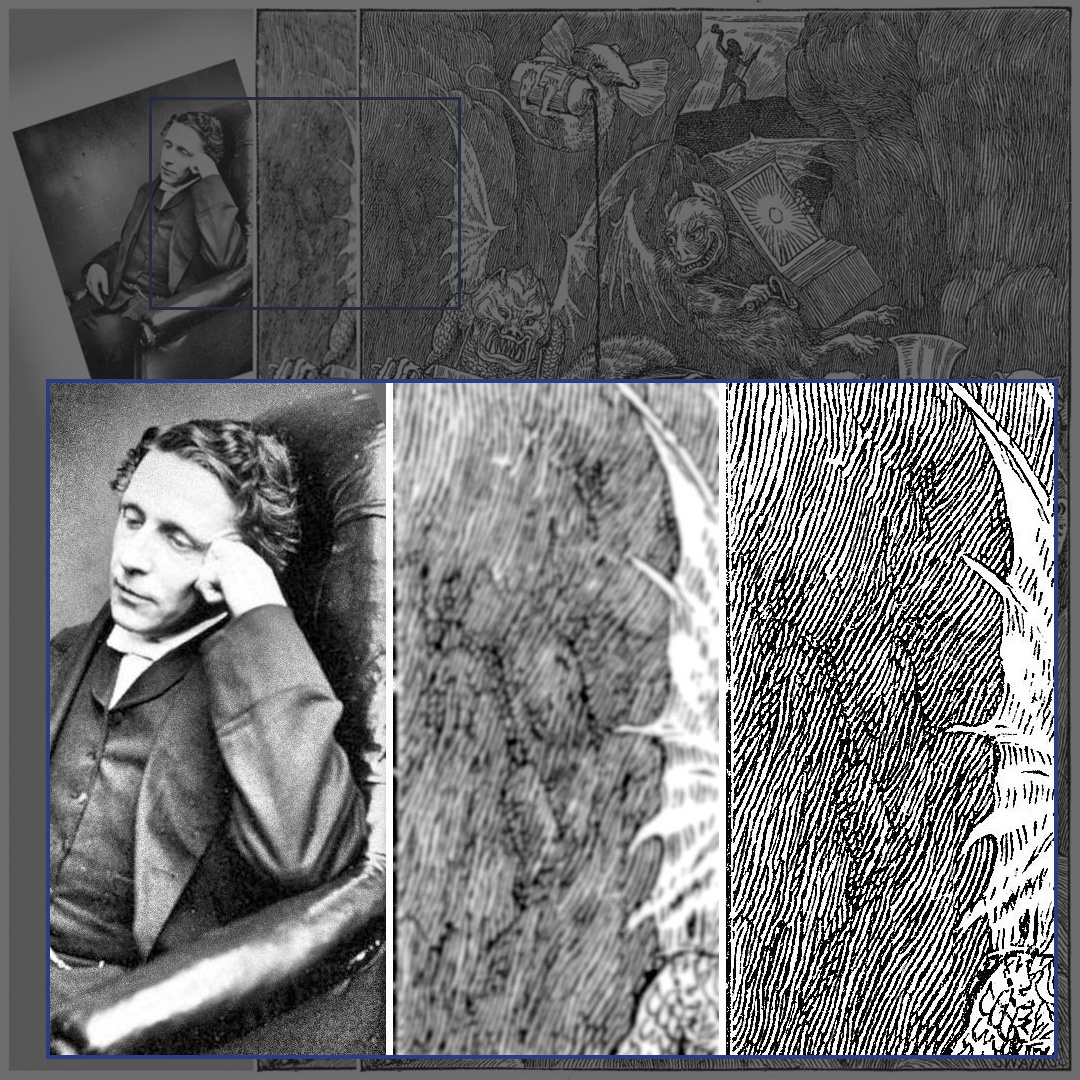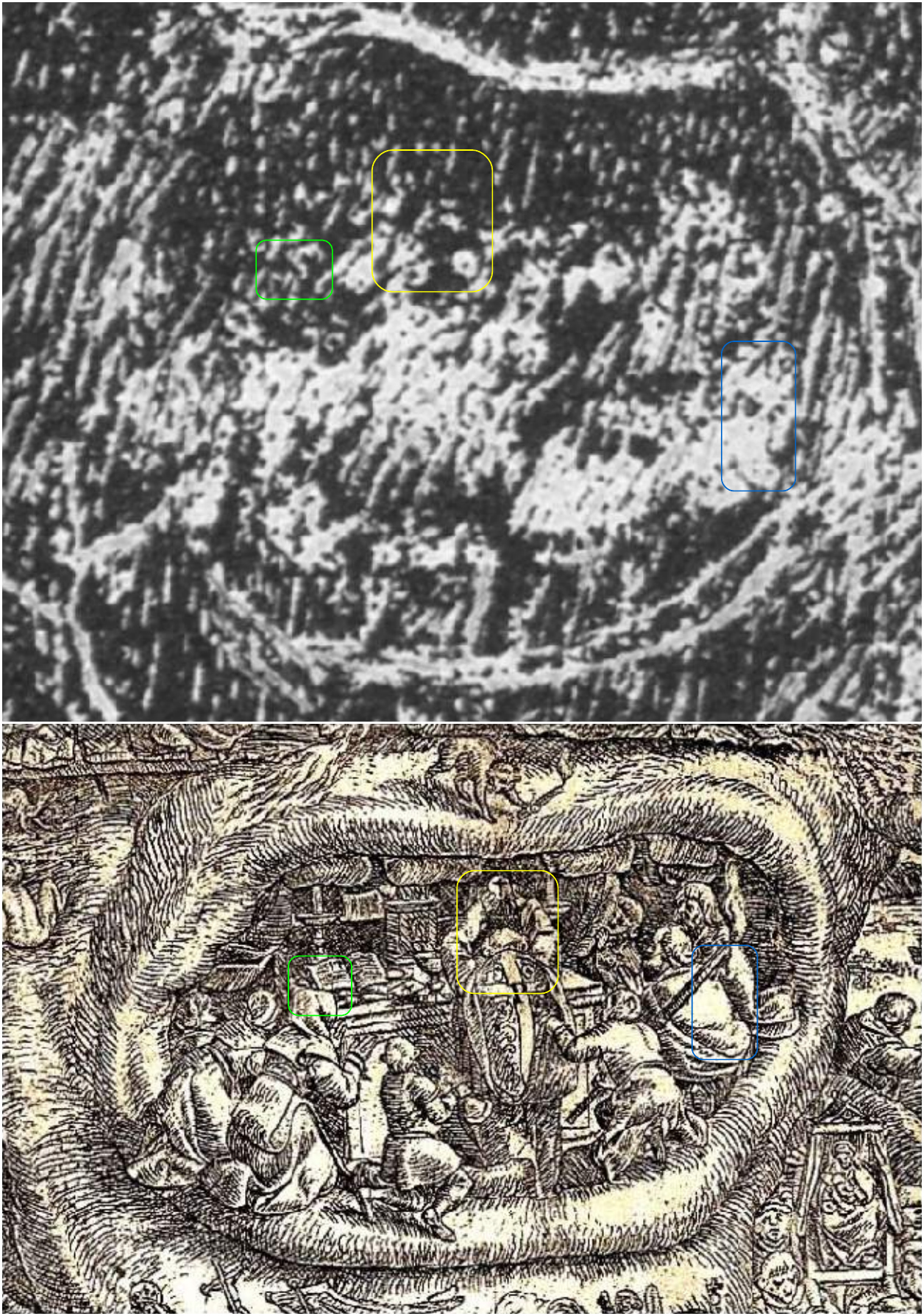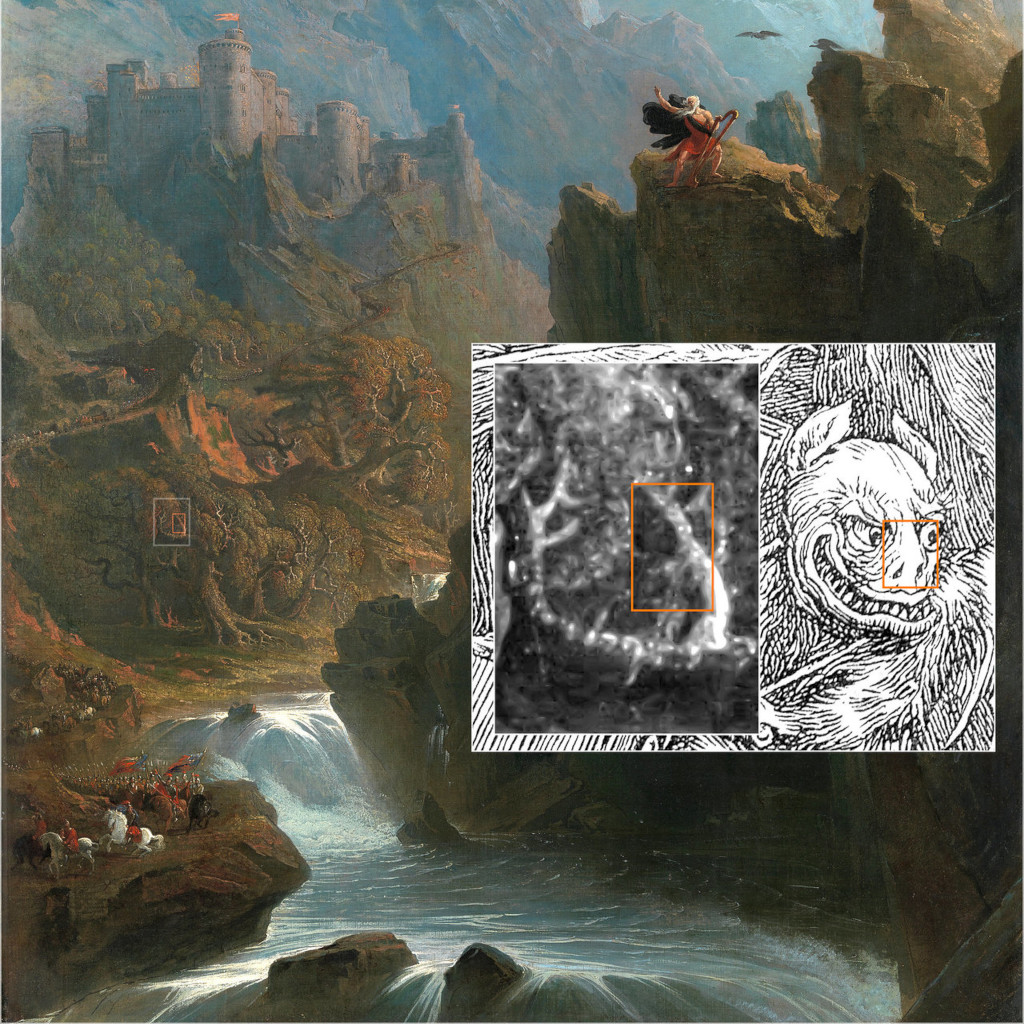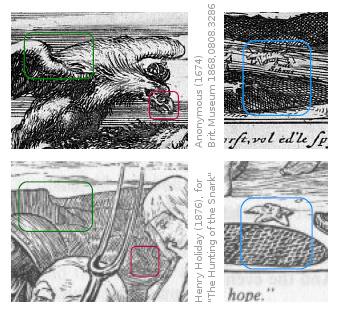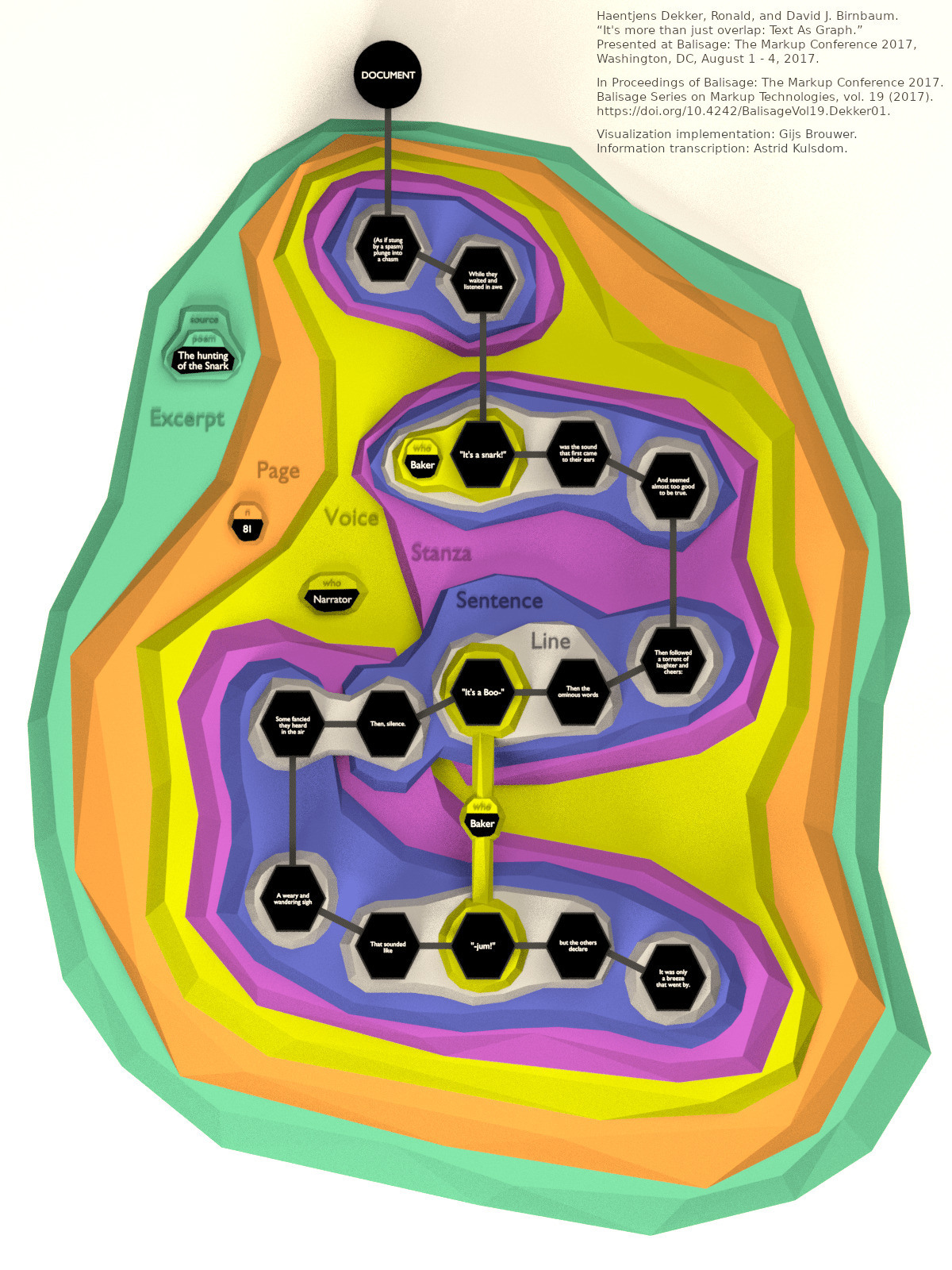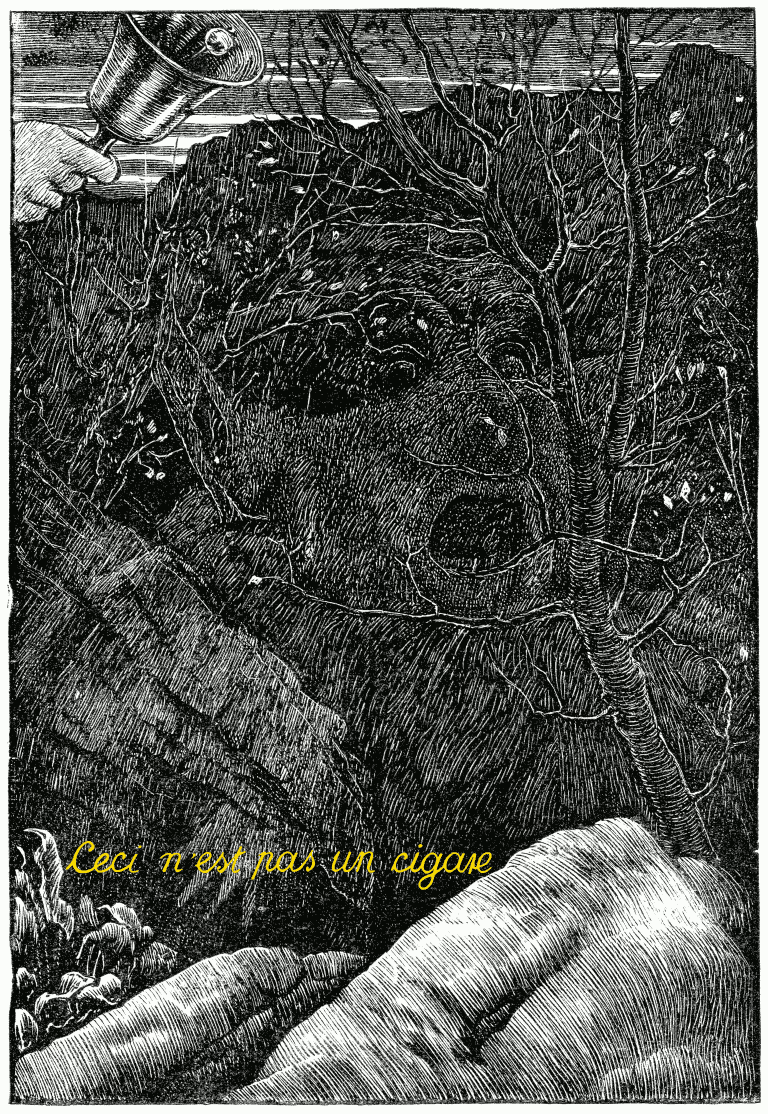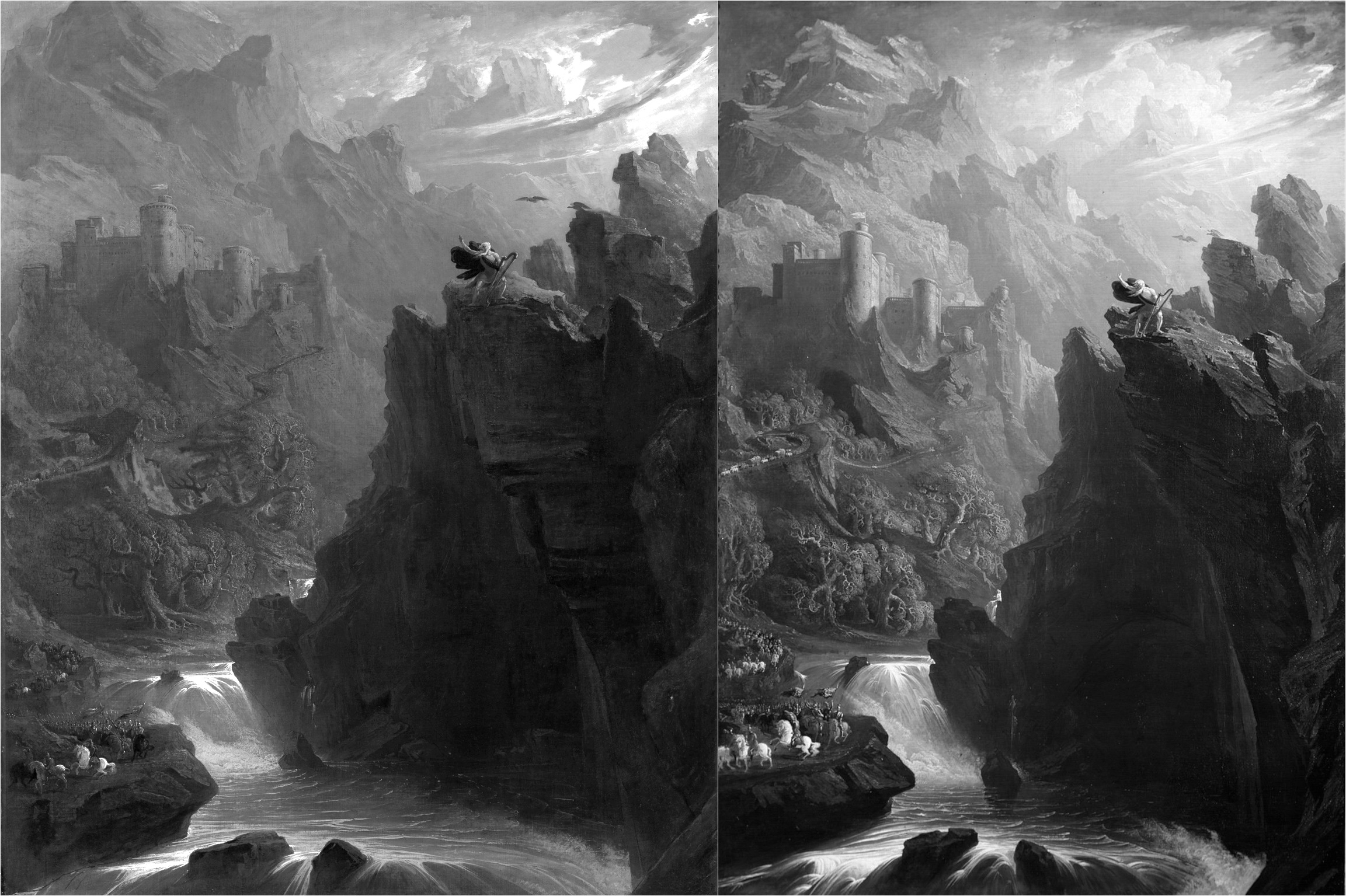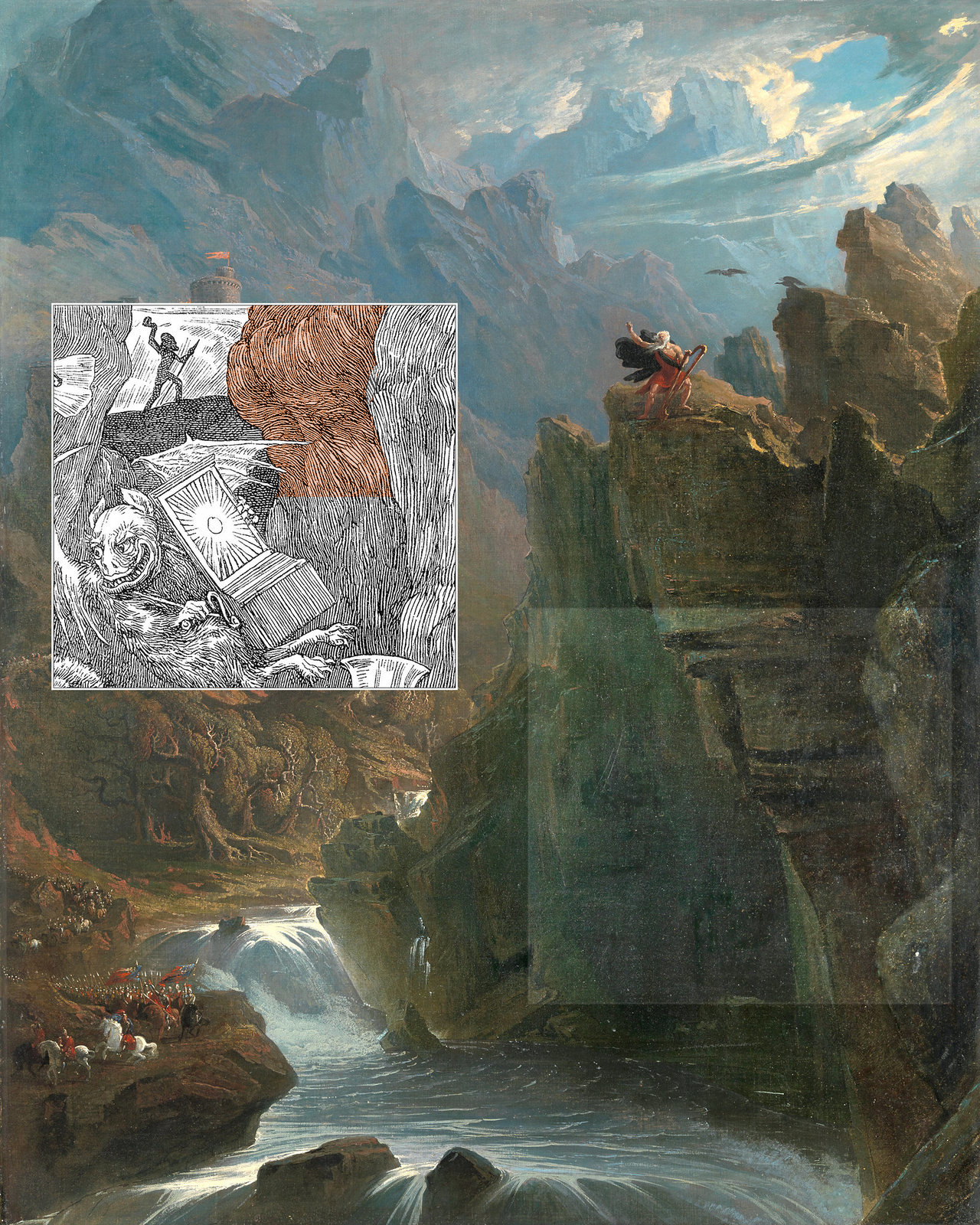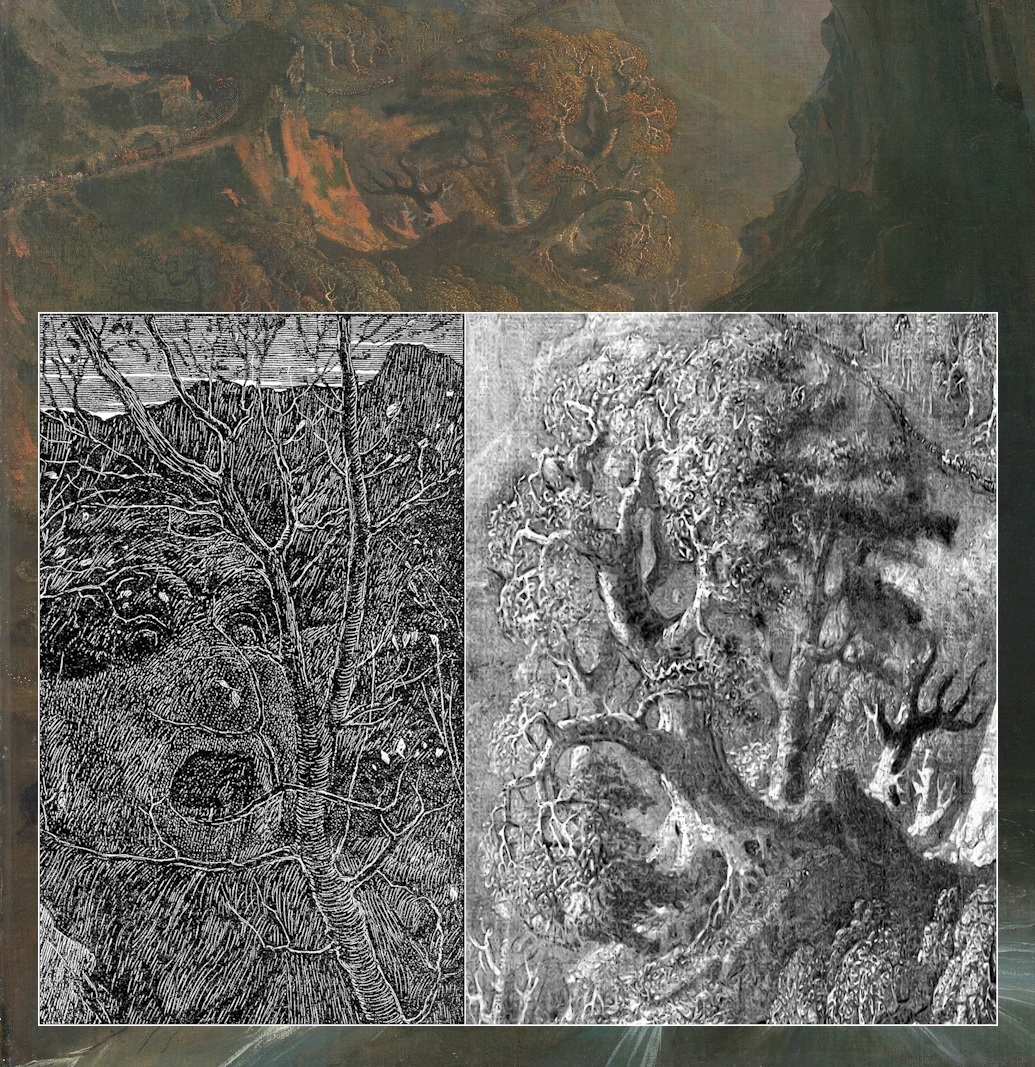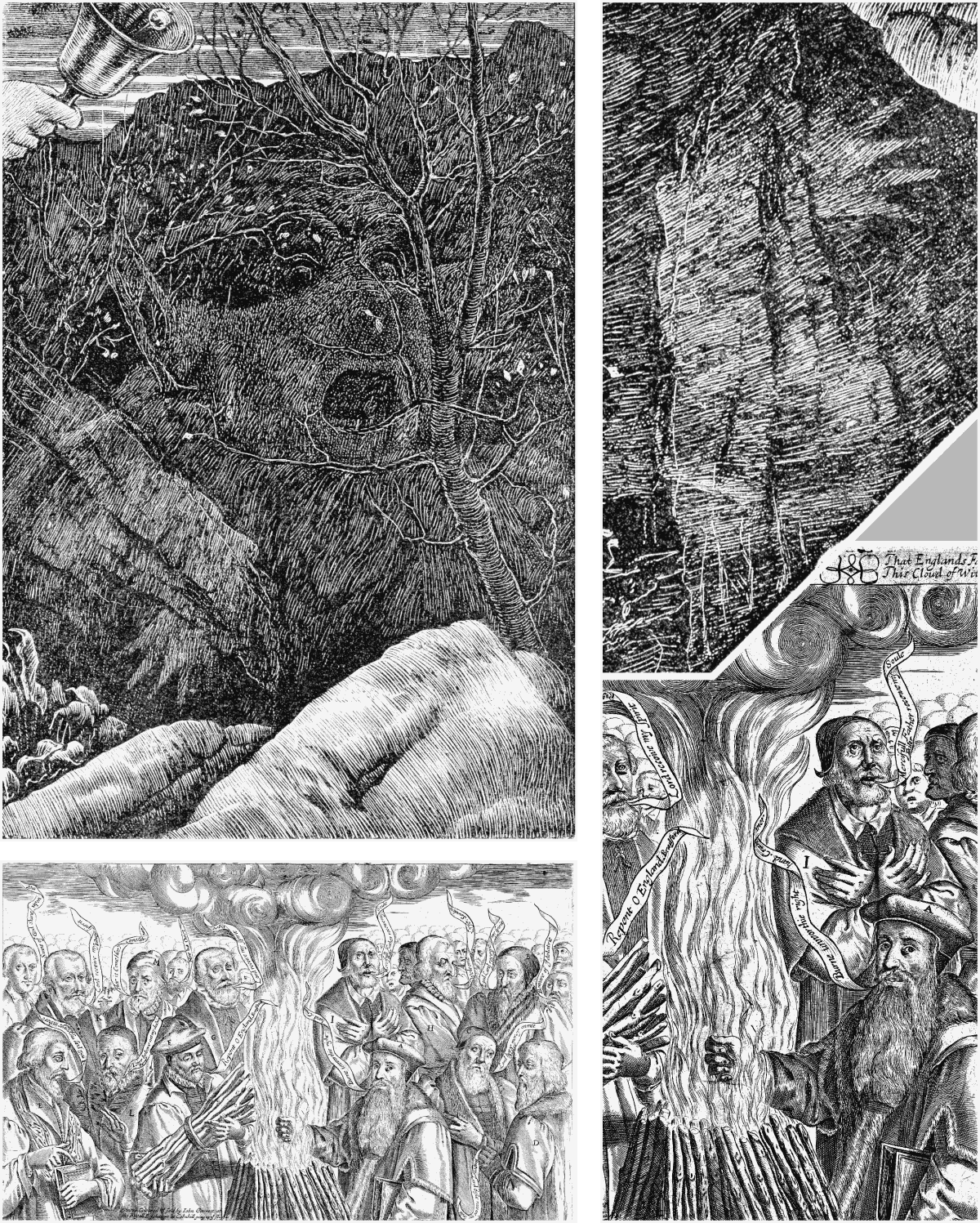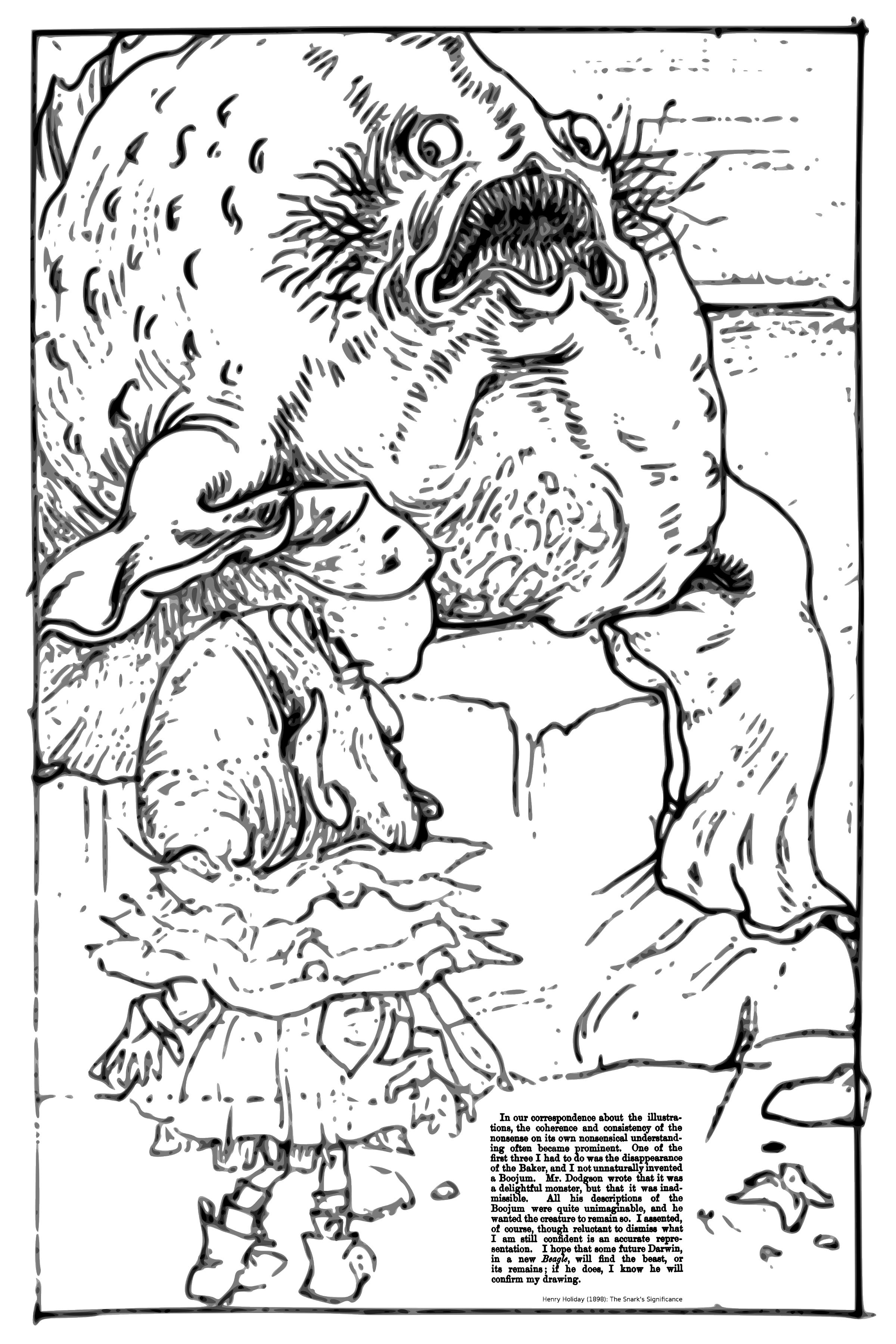According to Karen Gardiner, “it would be unwise for anyone to imply that they have found the answer to the book’s mystery.” The book is Lewis Carroll’s and Henry Holiday’s The Hunting of the Snark (1876).
I started my Snark hunt in December 2008. Initially I probably had been quite unwise and thought that I had found the answer. That might explain the title The real story behind “The Hunting of the Snark” of an early post in The Lewis Carroll Forum. I am sorry for that botched exercise in self-irony. There is not just one single “real story” behind Carroll’s Snark poem. There are many answers.
Gardiner gave her warning to Snark hunters in her paper Life, Eternity, and Everything: Hidden Eschatology in the Works of Lewis Carroll, published on p.25~41 in THE CARROLLIAN, No. 31, mailed by the UK Lewis Carroll Society to me in June 2018.
As for “Article 42” in Thomas Cranmer’s 42 Articles and “Rule 42” in The Hunting of the Snark, the main argument of Gardiner’s June 2018 paper is “that Carroll’s frequent and unexplained use of the number 42, and in particular his development of Rule 42 in the preface of The Hunting of the Snark and Rule 42 in Alice’s trial scene highlight the doctrine of eternal punishment that Carroll was so concerned about.”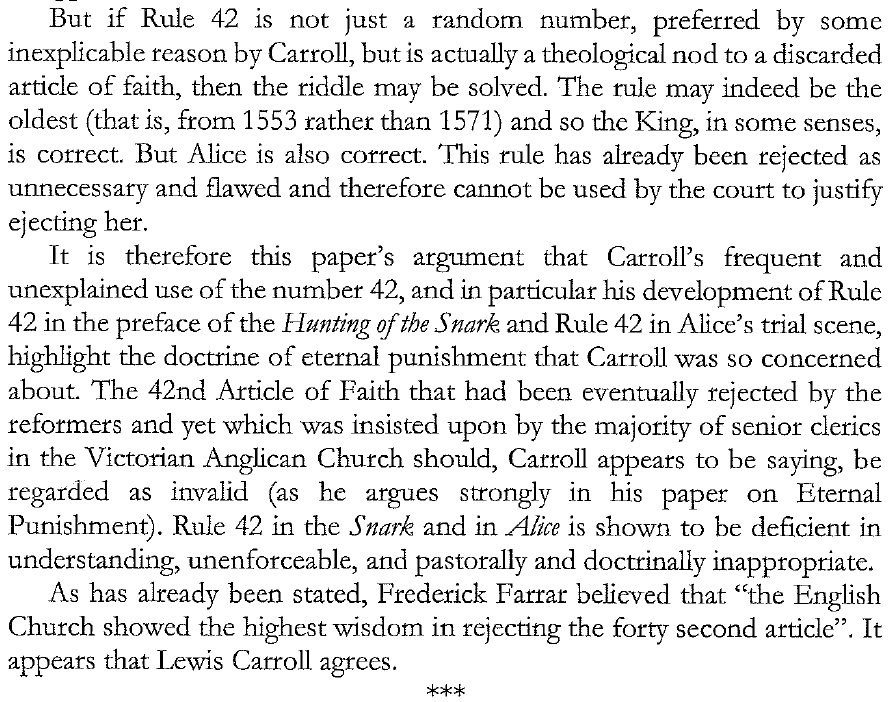
The issue was addressed in this Blog in December 2017: Eternal Disconnect.
As for Thomas Cranmer’s 42 Articles and the Baker’s 42 boxes in The Hunting of the Snark, Gardiner made me aware of Angus MacIntyre‘s comment (1994) “The Baker’s 42 Boxes are the original Protestant Articles of 1553, with Thomas Cranmer’s name on each.” Since 2010 I believe that too. Thanks to Karen Gardiner’s 2018 paper in THE CARROLLIAN and to Angus MacIntire’s suggestion I now know that linking the Baker in The Hunting of the Snark to Thomas Cranmer (among other references) is not such a weird idea after all.
Also Mary Hammond (a pen name of Mary Hibbs) recognized in 2017 that eternal damnation (Article 42 in the 42 Articles) was an issue which Carroll/Dodgson might have addressed in The Hunting of the Snark.
The Article 42 in the 42 Articles was of special interest to Carroll/Dodgson, who objected to the belief in an eternal punishment. I suggest that Carroll chose the “42” as one among several references to Thomas Cranmer, the author of the 42 Articles.
I started in December 2008 to be unwise with a single finding. But soon I understood, that there are many answers to Lewis Carroll’s and Henry Holiday’s textual and pictorial puzzles in The Hunting of the Snark. When Reverend Karin Gardiner wrote her paper, she did not refer to my findings related to Thomas Cranmer and his 42 Articles. But it is good to learn that also theologists write about religious aspects of The Hunting of the Snark.
2018-07-06, update: 2024-03-06

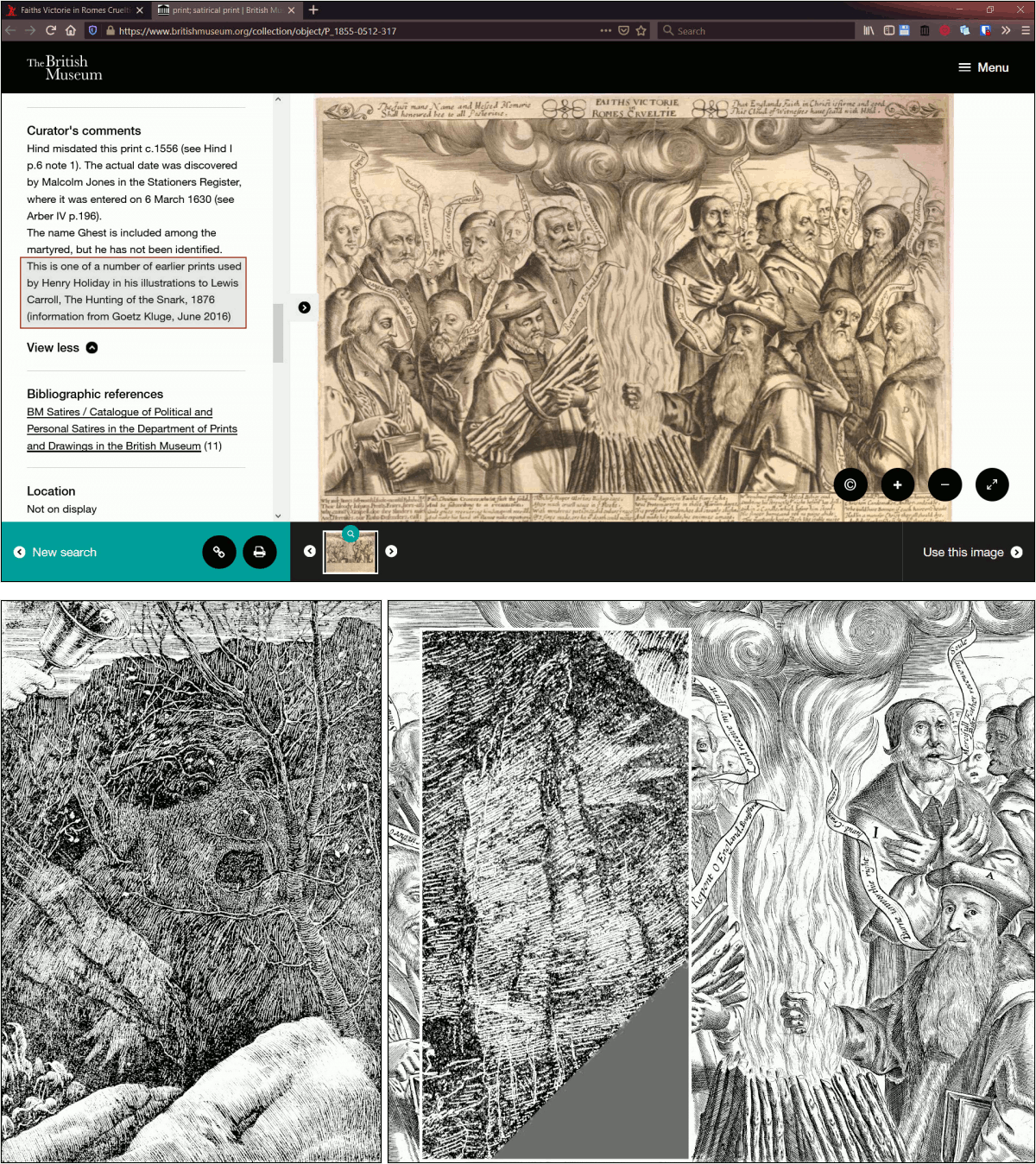
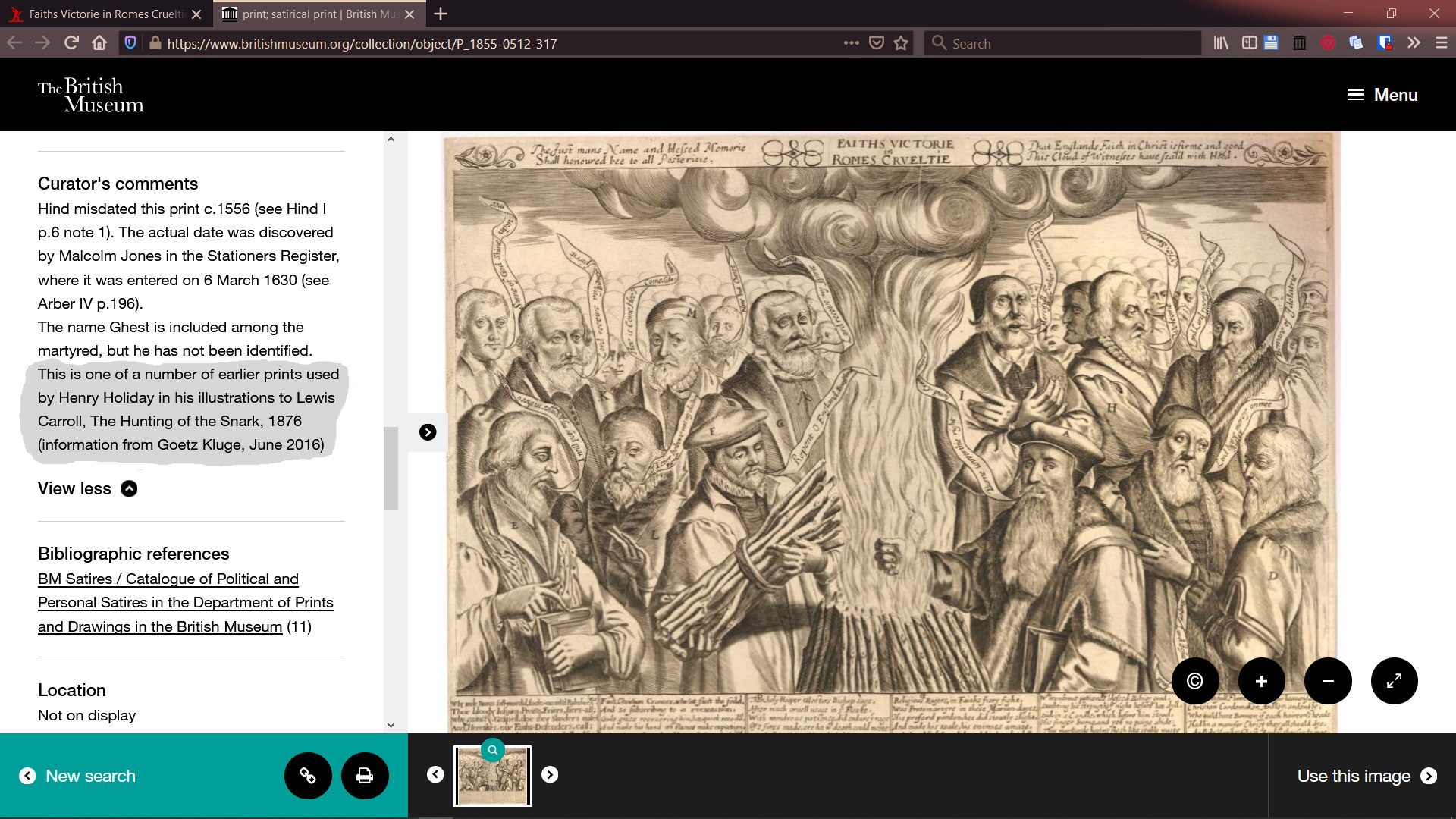
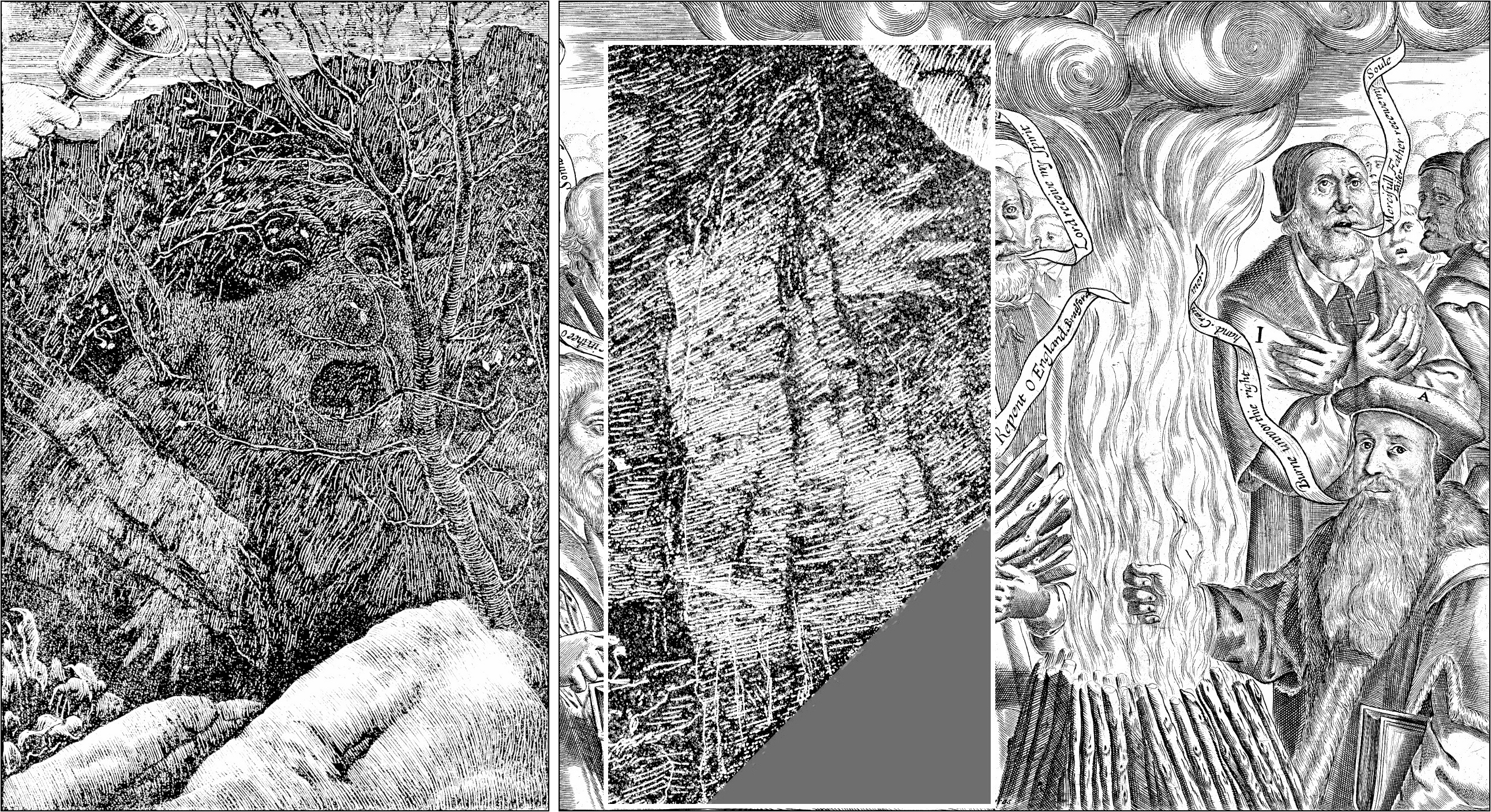
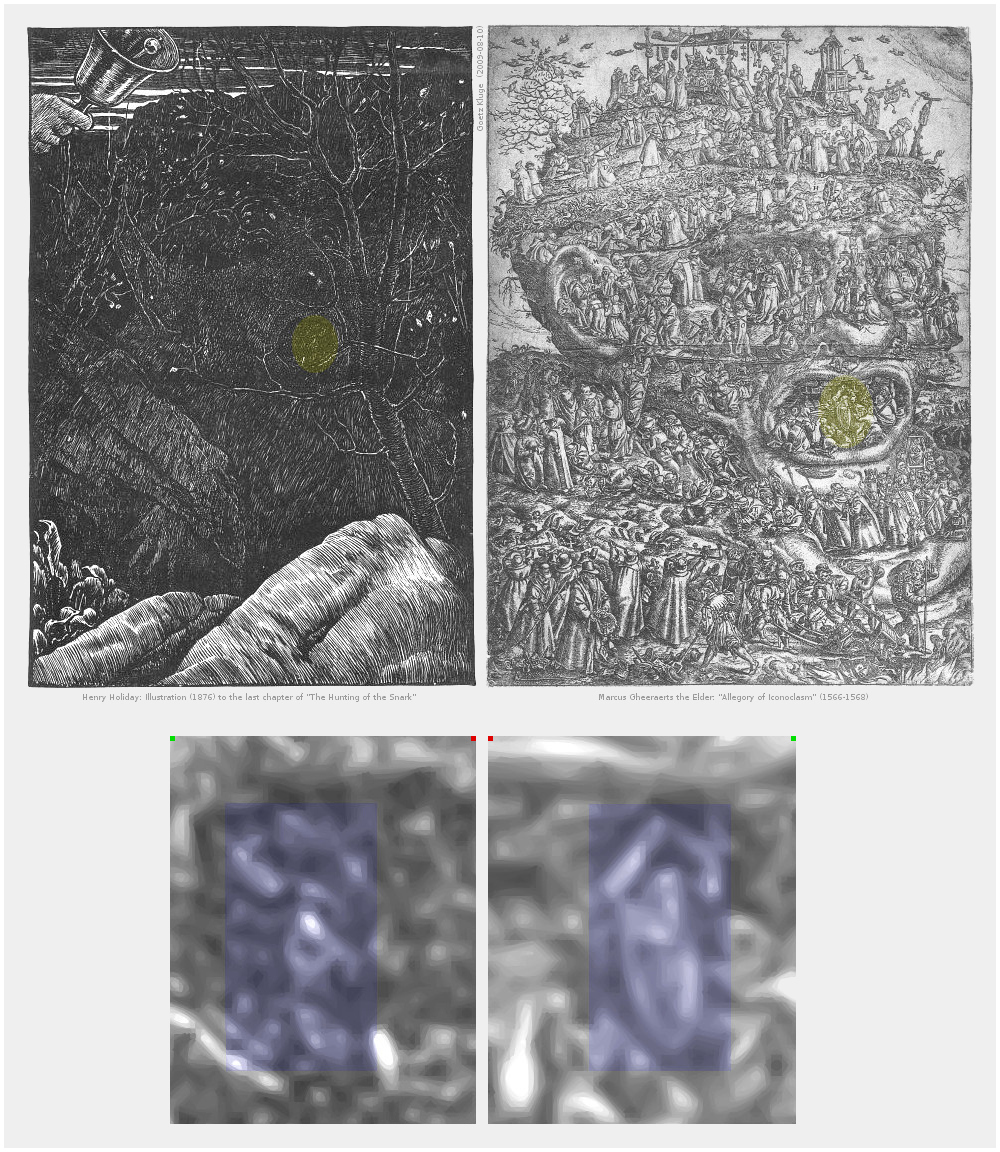
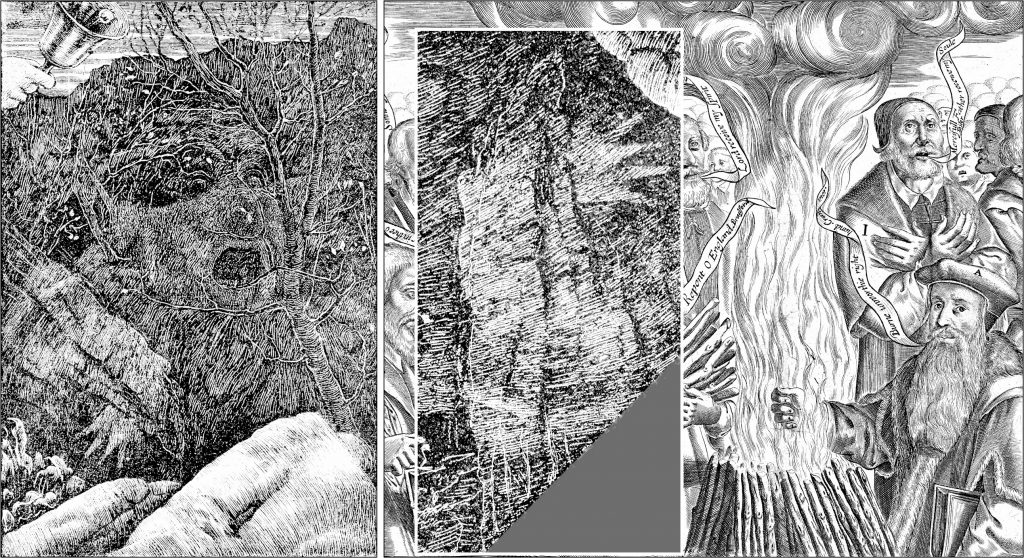
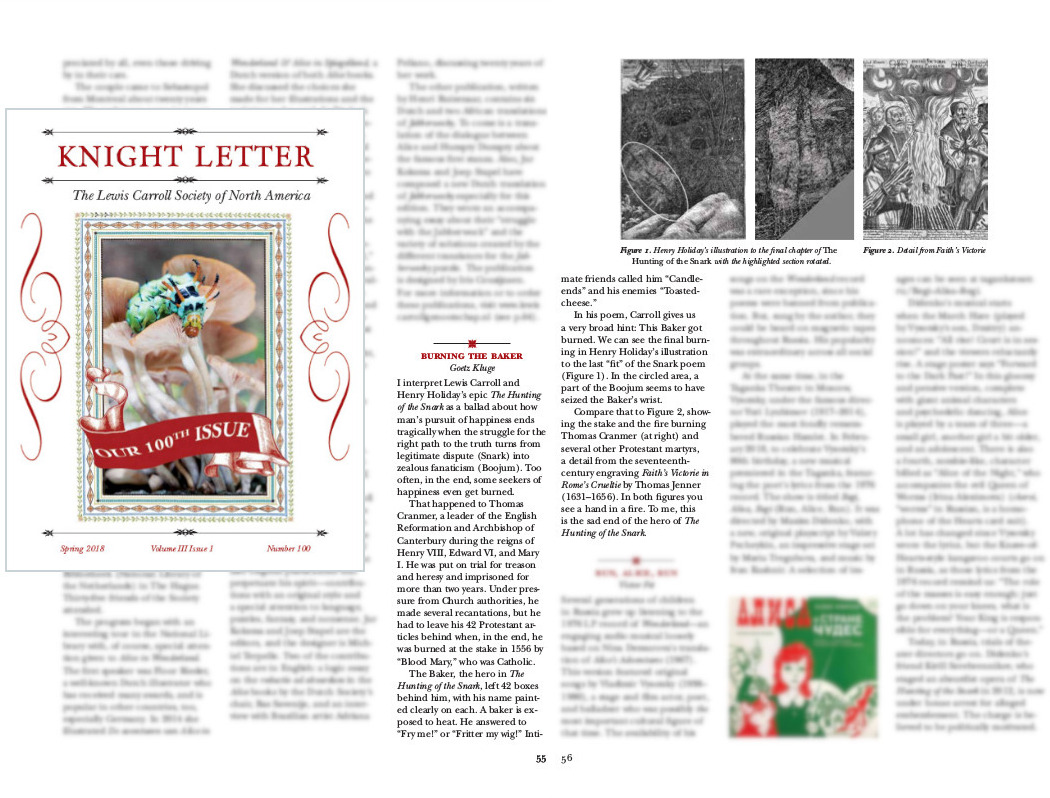
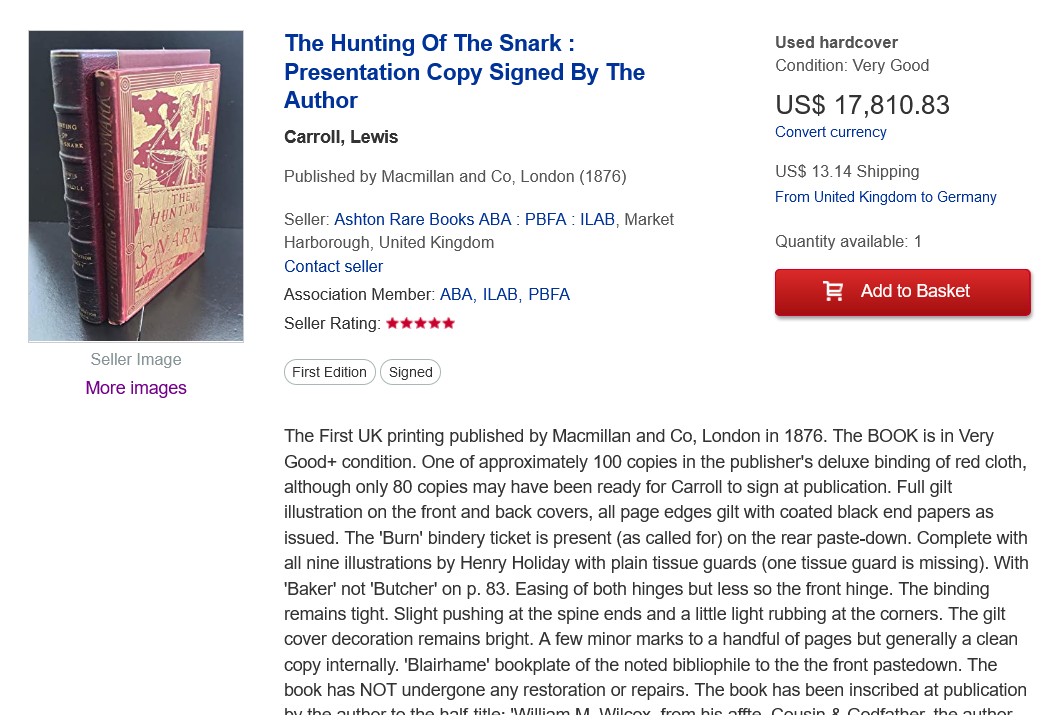
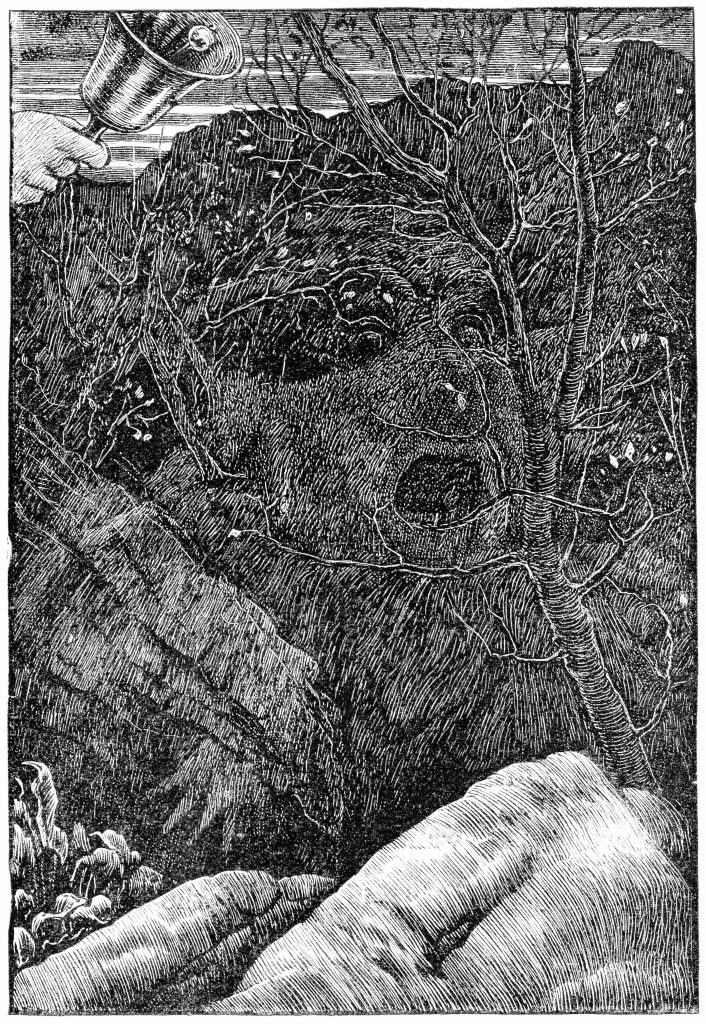 This is about
This is about 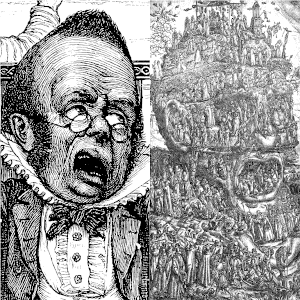
 About me:
About me: